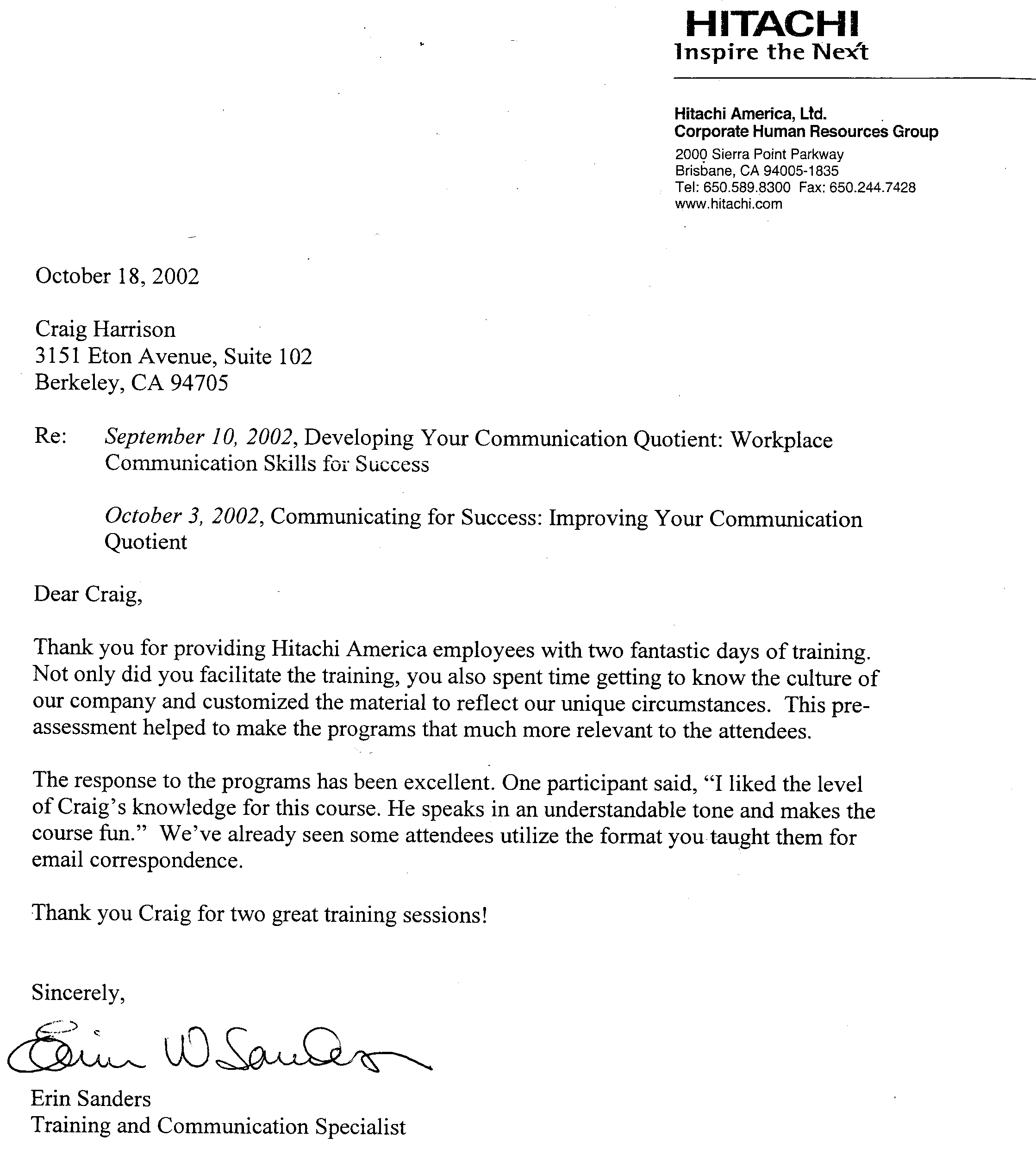How to create a good fugue subject?: musictheory.
Your first fugue exposition assignment will ask you to write a subject according this precise harmonic sequence. 2. Now, decide which voice will state the subject first (let's say that it's the alto voice) and then bring the second voice in at the dominant in another voice. We'll bring it in here in the soprano.Any exercise emphasizing melodic development, counterpoint exercises, or themes and variations will help. A big part of writing a fugue subject is keeping in mind how other melodies can interact with it while you're constructing it. Usually simple is better. Listen to Bach's Little Fugue in G minor. That's a great study piece for this purpose.You introduce each voice with imitative entries of the subject, usually at the tonic level and transposed to the dominant level (subject and answer), and each voice continues fairly freely after exposing its subject entry. The initial exposure of the subject in all the voices is called the exposition.
The first section of the fugue is the exposition. The exposition begins with one of the voices presenting the subject or theme of the fugue. A second voice follows with the answer (we will discuss later what makes an answer different to the subject). The other voices continue presenting subjects and answers.This will be a very practical webinar, in which we explore the do’s and dont’s of Fugue Subject construction and the implications of that Subject for the key of the Answer and in establishing when to write a Real Answer and when to write a Tonal Answer. We will then explore how to write a Countersubject that has contrasting character and that works in invertible counterpoint.

Learning to Write Fugues. For many years, until the start of the Classical era in 1750, the fugue was considered by many to be the ultimate musical art form. With its intricate counterpoint and tightly woven motifs, it represented the epitomy of musical thought in the Baroque era.











